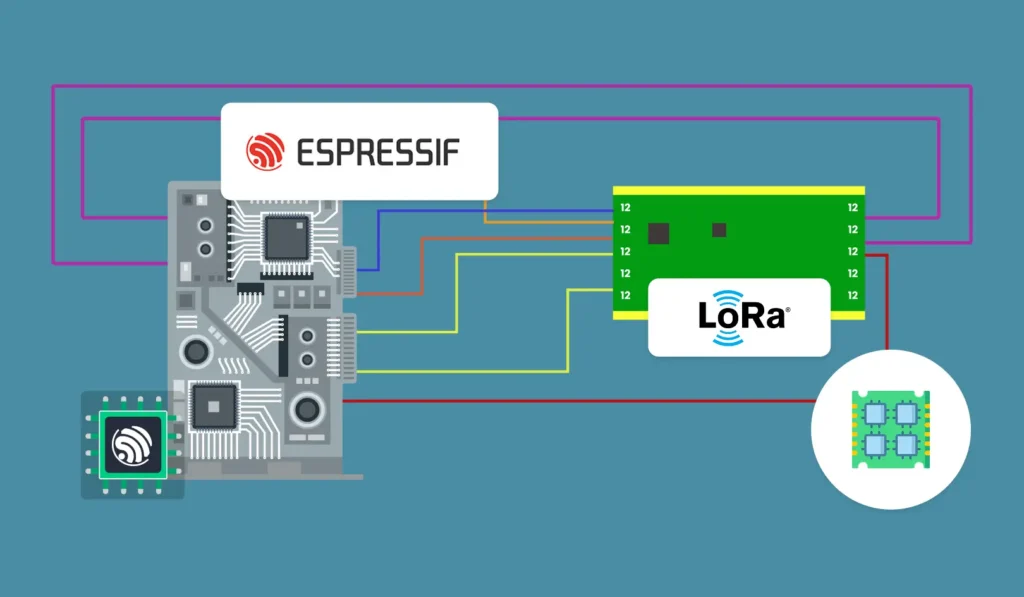Part 1: Understanding LoRa – Fundamentals and Core Concepts
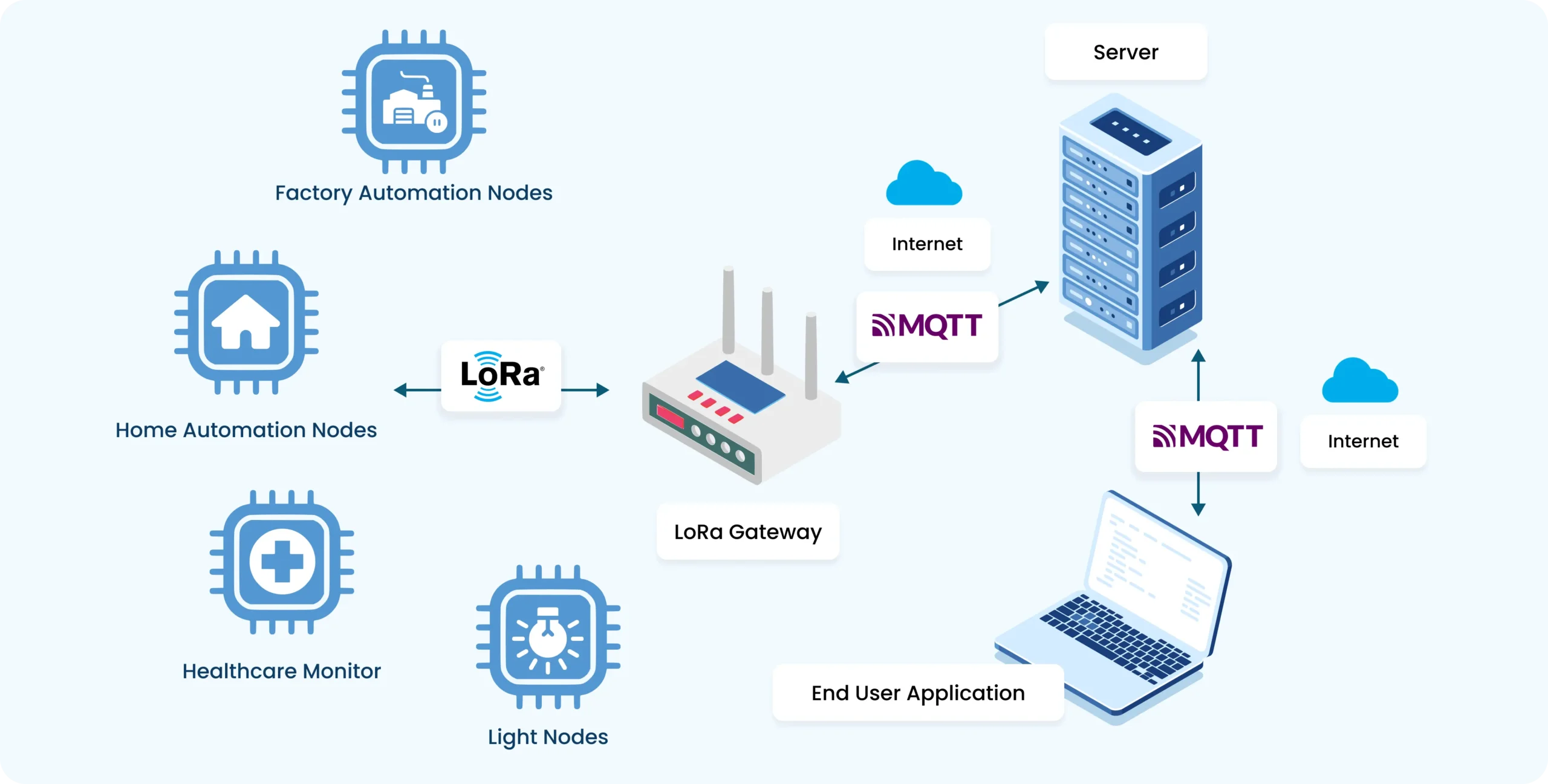
What is LoRa?
LoRa stands for “Long Rang”. LoRa® is the physical layer or the wireless modulation utilized to create the long range communication link. Many legacy wireless systems use frequency shifting keying (FSK) modulation as the physical layer because it is a very efficient modulation for achieving low power. LoRa is based on chirp spread spectrum modulation, which maintains the same low power characteristics as FSK modulation but significantly increases the communication range. Chirp spread spectrum has been used in military and space communication for decades due to the long communication distances that can be achieved and robustness to interference, but LoRa is the first low cost implementation for commercial usage, designed to allow low-power devices to communicate over long distances, often several kilometers without relying on cellular networks. Unlike Wi-Fi or Bluetooth, LoRa operates in unlicensed radio frequency bands (such as 868MHz in Europe and 915MHz in North America) and is uniquely suited for battery-powered sensors and devices that must last for years in the field.
The strength of LoRa is in its ability to:
- Penetrate obstacles like buildings and trees
- Reach devices several kilometers away in open environments, and up to a few hundred meters even in dense urban areas
- Establish reliable links while consuming minimal power
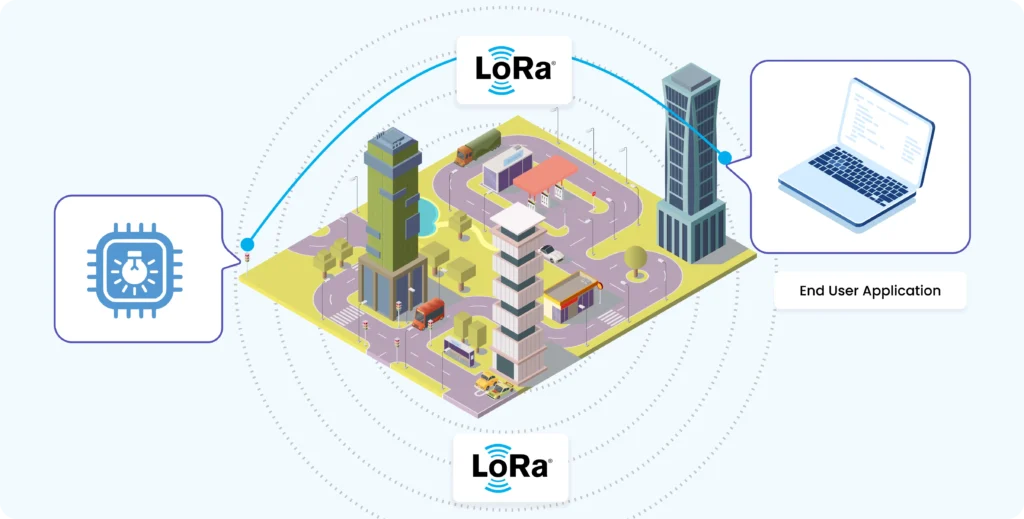
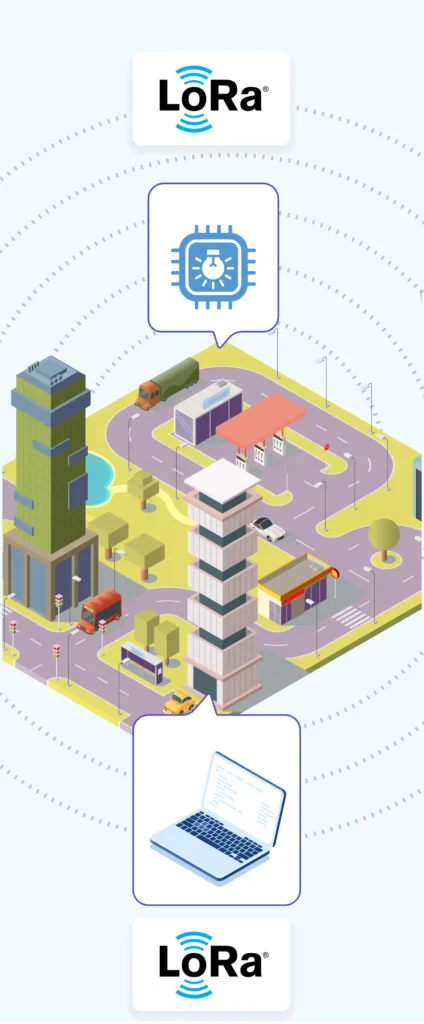
Why is LoRa Important in IOT?
The Internet of Things (IoT) connects billions of devices worldwide—from environmental sensors to supply chain trackers. Traditional wireless technologies struggle to strike a balance between long-range transmission, low power consumption, and economical deployment. LoRa fills this gap by enabling:
- Wide-area wireless coverage without the high costs of cellular data plans or infrastructure
- Devices that can stay powered for months or years on standard batteries, thanks to minimal energy draw
- Diverse applications from rural monitoring to smart city deployments, without dependence on local internet or power grids
Because of these unique qualities, LoRa has become integral to low-power wide-area networks (LPWAN), supporting everything from remotely measured utility meters to city-wide air quality monitoring.

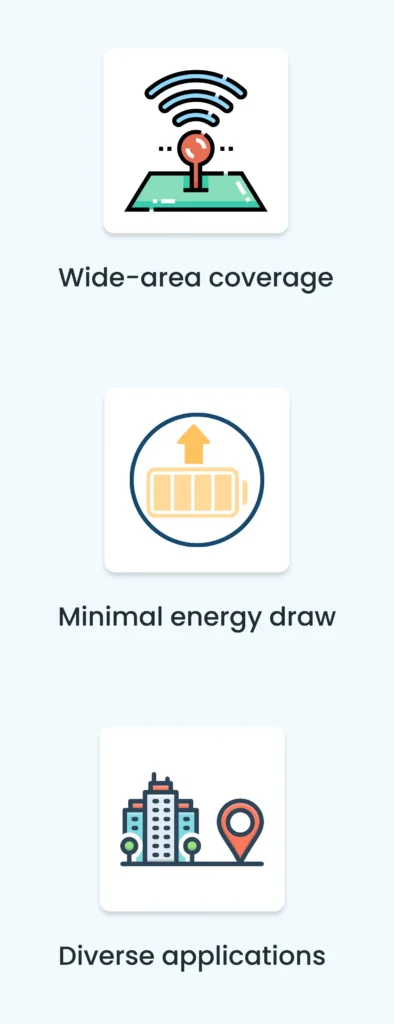
Basics of LoRa Technology
Key Features: Long Range, Low Power Consumption
Long Range:
LoRa is engineered for extended transmission distances with minimal infrastructure. In clear conditions, LoRa signals can travel over 10km in rural areas and 2-5km in urban settings. This capability makes LoRa ideal for connecting sensors and devices distributed across farmland, cities, and remote sites—without the need for cell towers or expensive networking equipment.
Low Power Consumption:
One of LoRa’s primary advantages is its ultra-low power requirements. Many LoRa-enabled devices are capable of lasting several years on a small battery. This efficiency is achieved by transmitting small bursts of data at low power, then remaining in sleep mode for most of the time—perfect for devices like environmental sensors or utility meters, where frequent charging or battery replacement is impractical.

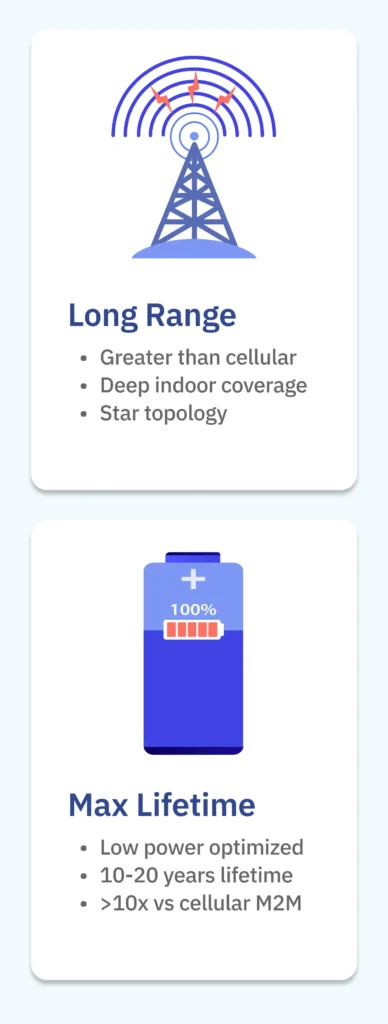
How LoRa Differs from Other Wireless Technologies
Compared to Wi-Fi:
- Wi-Fi offers high data rates but only within a limited indoor range (typically tens of meters).
- Wi-Fi is relatively power-hungry and better suited to devices with a permanent power source.
Compared to Bluetooth:
- Bluetooth is designed for short-range, personal area networks (few meters to tens of meters) and moderate power consumption.
- Bluetooth is not suitable for city or campus-wide sensor networks.
Compared to Cellular (3G/4G/5G):
- Cellular networks cover large areas but come with higher power and data costs.
- Cellular technologies are tailored for smartphones or high-data applications, not for simple sensors sending occasional small data payloads.

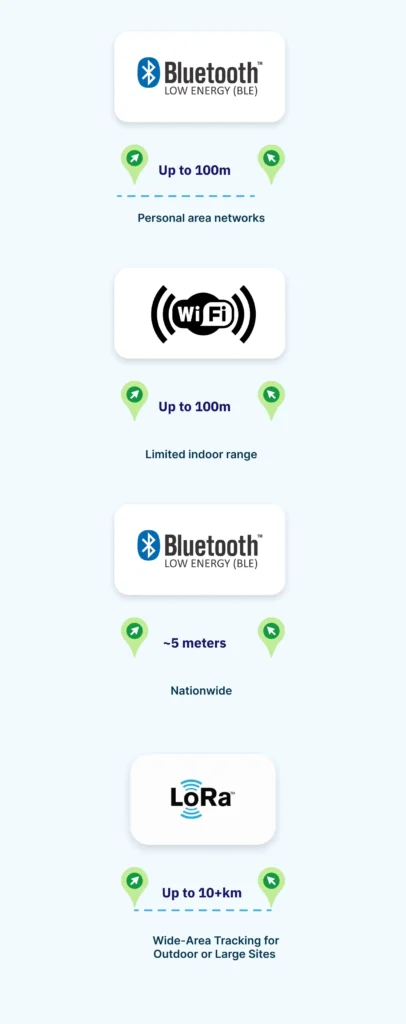
LoRa’s Unique Value:
Technology
Range
Data Rate
Power Use
Cost
Typical Use Cases
LoRa
Up to 10+km
Low
Very Low
Low
Wide-area sensors, rural/urban IoT
Wi-Fi
Up to 100m
High
High
Medium/High
Internet access, consumer electronics
Bluetooth
Up to 100m
Medium
Medium
Low
Personal gadgets, wearables
Cellular
Nationwide
High
High
High
Mobile devices, streaming, smartphones
Note: LoRa is not built to handle large data streams (like video), but it excels in transmitting small, infrequent messages (like sensor measurements) over vast distances while preserving battery life and keeping deployment costs low.
LoRa Network Architecture
Overview of LoRaWAN Protocol
The LoRaWAN protocol operates in a stacked architecture, as depicted, with each layer providing essential functionality for long-range, low-power IoT connectivity:
Application Layer
- The application layer is where end-user logic resides (sensor readings, actuator controls, etc.) and is independent of the underlying communication details.
LoRaWAN MAC Layer
- The LoRa MAC layer manages medium access and how devices communicate over the air.
- LoRaWAN offers different MAC options, defining device classes optimized for various use cases:
- Class A (Baseline): Default for battery-powered devices. Nodes transmit only when needed and receive only after transmitting—lowest power mode.
- Class B (Baseline): Adds scheduled listen windows for receive opportunities, allowing periodic downlink messages.
- Class C (Continuous): Devices listen continuously and can receive anytime, suitable for mains-powered or low-latency needs.
LoRa Modulation Layer
- The LoRa Modulation layer handles the radio signal encoding using chirp spread spectrum, enabling robust long-range links, even in noisy environments.
Regional ISM Bands
- LoRaWAN utilizes license-free ISM radio bands, specific to global regions:
- EU868, EU433 (Europe)
- US915 (USA)
- AS430 (Asia)
- The protocol adapts to each region’s regulatory constraints for frequencies and power levels.
Core LoRaWAN Features
- Star Network Topology: End devices communicate directly with gateways, not with each other, simplifying scalability.
- Security Built-In: Communications are encrypted from device to end application.
- Low Power Optimized: Class A operation and scheduled transmissions allow long battery life.
- Adaptive Data Rate (ADR): Network dynamically tunes the data rate and transmission power to balance range and efficiency.
- Wide Use Cases: Suitable for smart cities, agriculture, tracking, and industrial automation, leveraging low-cost and broad coverage.
LoRaWAN networks are commonly used for smart cities, environmental monitoring, asset tracking, and industrial IoT due to their low cost and large coverage.
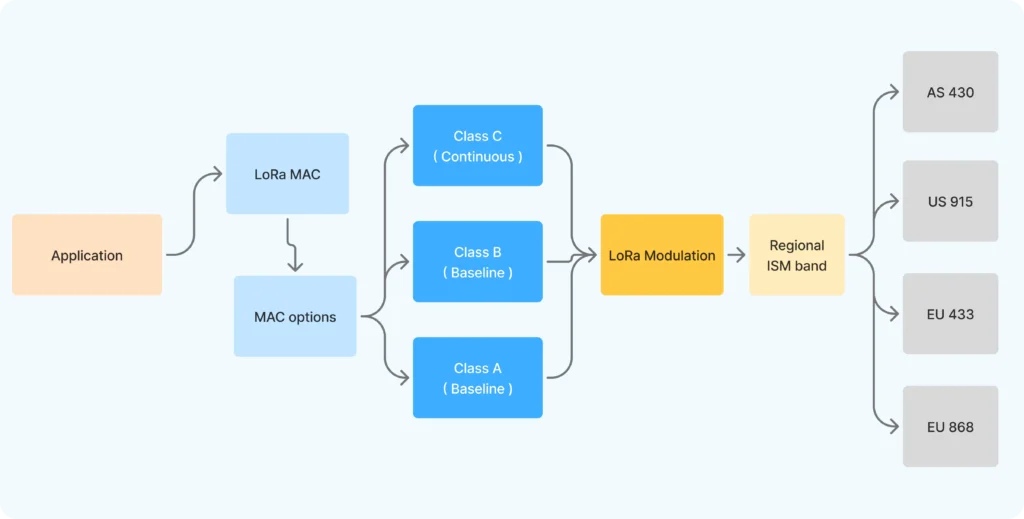
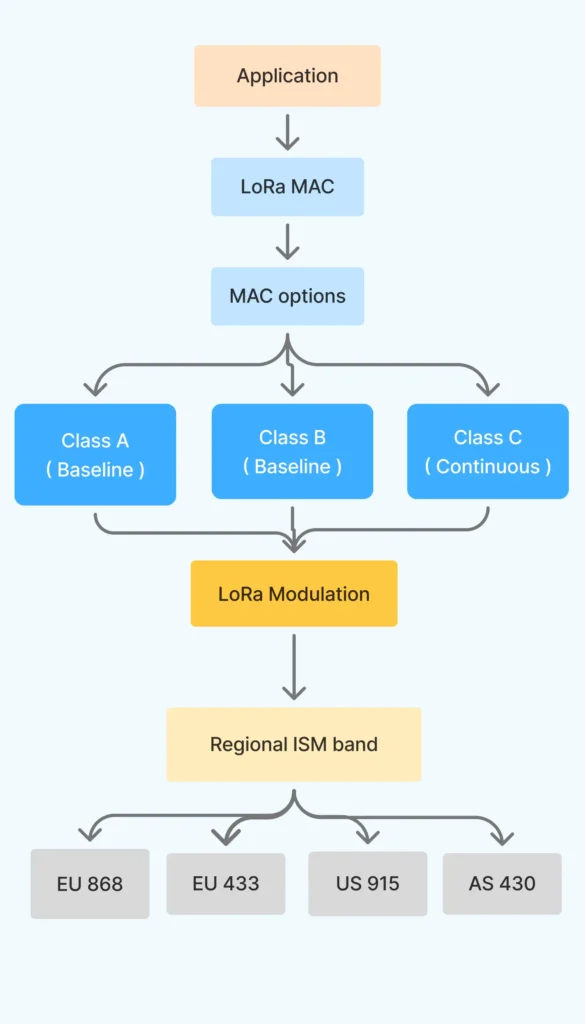
Key Components of a LoRaWAN Network
1. End Devices (Sensors, Nodes)
- Definition: The “things” in the network—sensors collecting temperature, humidity, motion, or other data; actuators controlling valves or switches.
- Characteristics:
- Usually battery-powered and designed for minimal energy consumption.
- Connect wirelessly to gateways using LoRa.
- Transmit small data packets at intervals or in response to events (e.g., when motion is detected).
Examples: Soil moisture sensor in agriculture, water leak detector in smart building, GPS tracker for assets.
2. Gateways
- Definition: The bridge between end devices and the central network server. Gateways receive LoRa radio messages from multiple devices and forward them to the network server using a standard internet connection (cellular, Ethernet, WiFi).
- Characteristics:
- Can handle data from hundreds to thousands of devices simultaneously.
- Do not interpret data; simply relay messages.
- Are often installed in elevated positions to maximize coverage (e.g., rooftops, towers).
- Examples: An outdoor LoRaWAN gateway in a city center, indoor gateway for factory monitoring, solar-powered gateway for remote farmland.
3. Network Servers
- Definition: The “brain” of the network, usually located in the cloud or within organizational infrastructure. Network servers collect data from all gateways, sort and deduplicate messages, manage device authentication and security, and forward relevant data to application servers or dashboards.
- Characteristics:
- Handle data routing, device management, and security.
- Provide APIs for integrating with analytics platforms or custom applications.
- Ensure only authorized devices can join and communicate.
- Examples: Cloud-based IoT platform managing thousands of sensors, server dashboard for facility managers, data integration with enterprise analytics solutions.
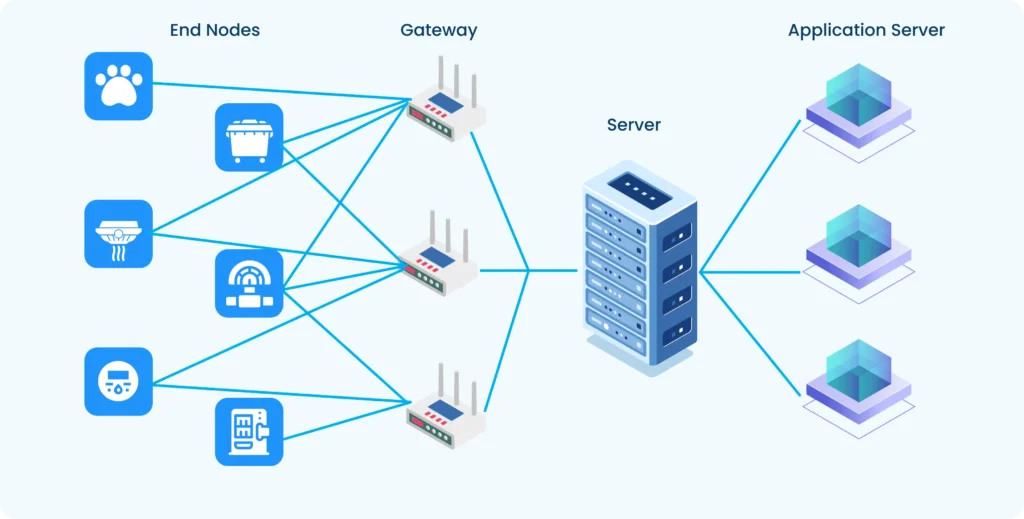
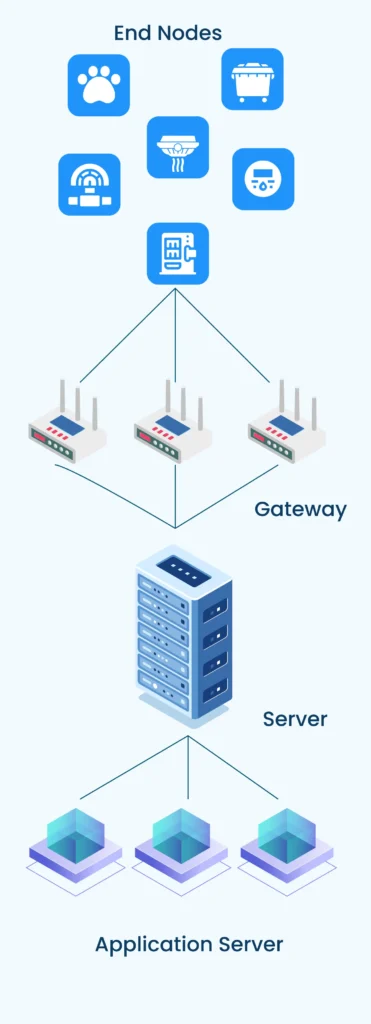
LoRa Uncovered: From Fundamentals to Real-World IoT Applications
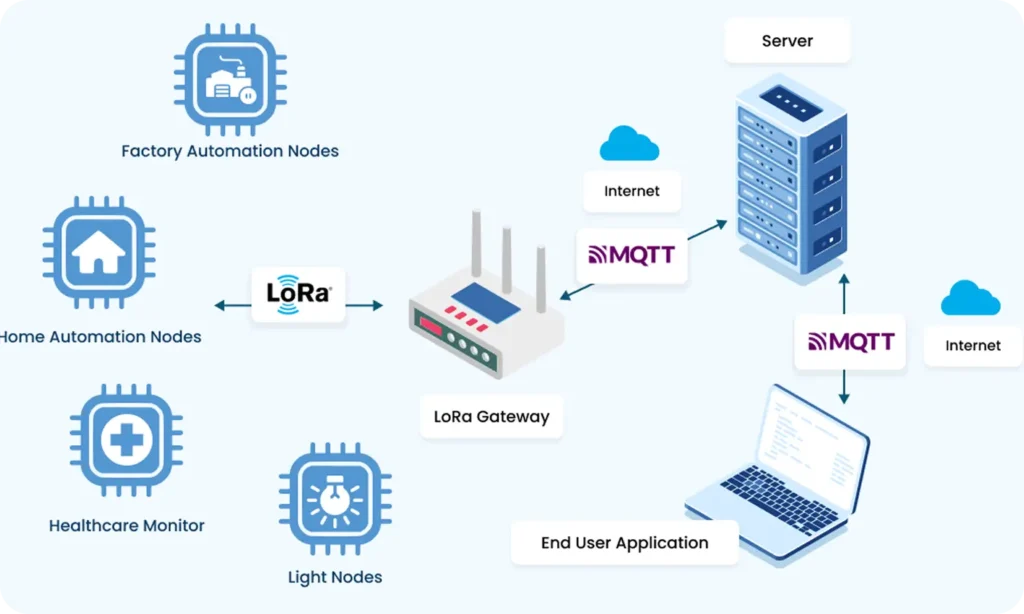
Part 1: Understanding LoRa – Fundamentals and Core Concepts
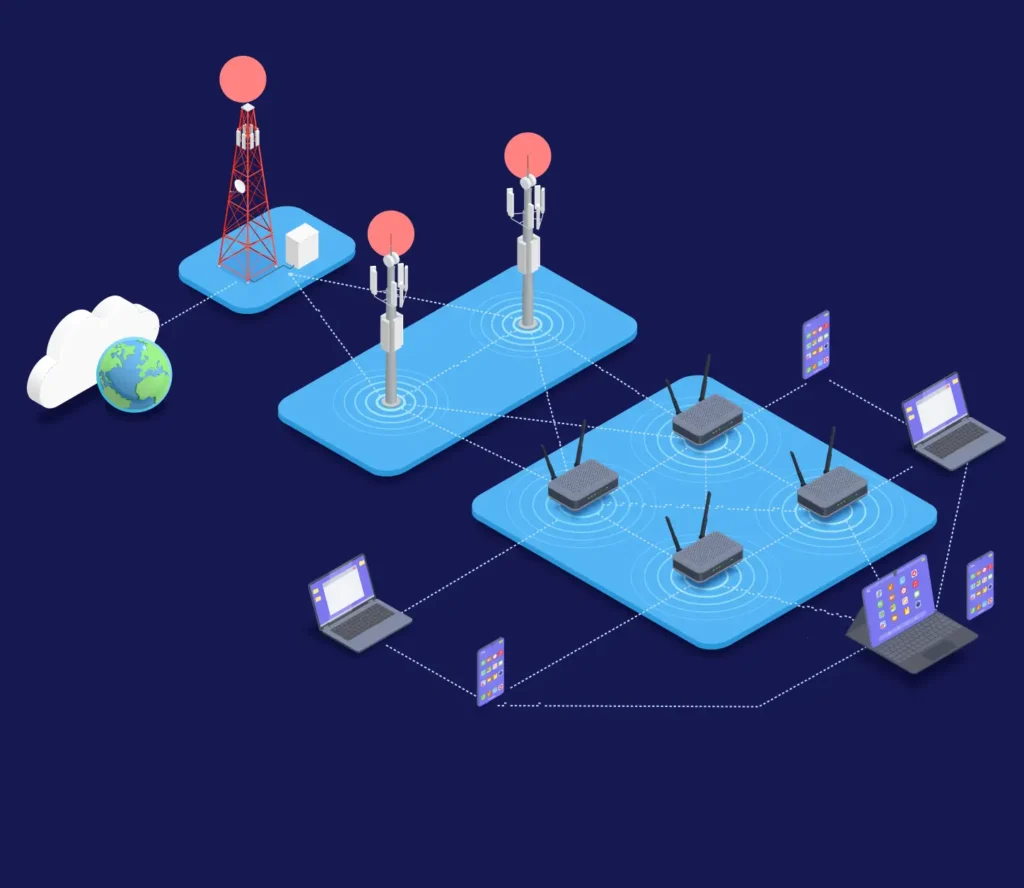
Part 2: Key Concepts in LoRa Technology
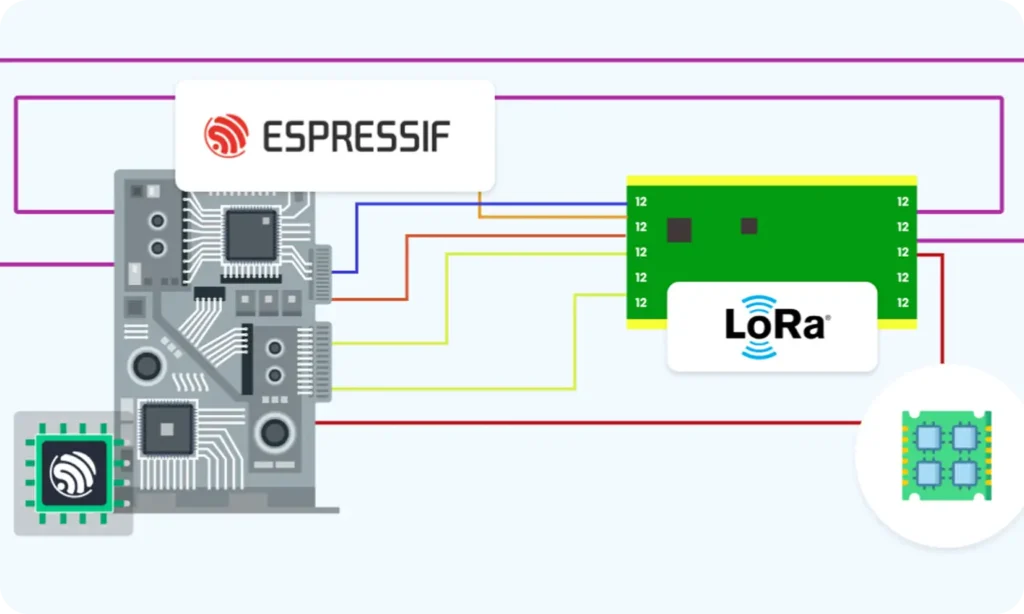
Part 3: Getting Hands on LoRa with Microcontrollers
